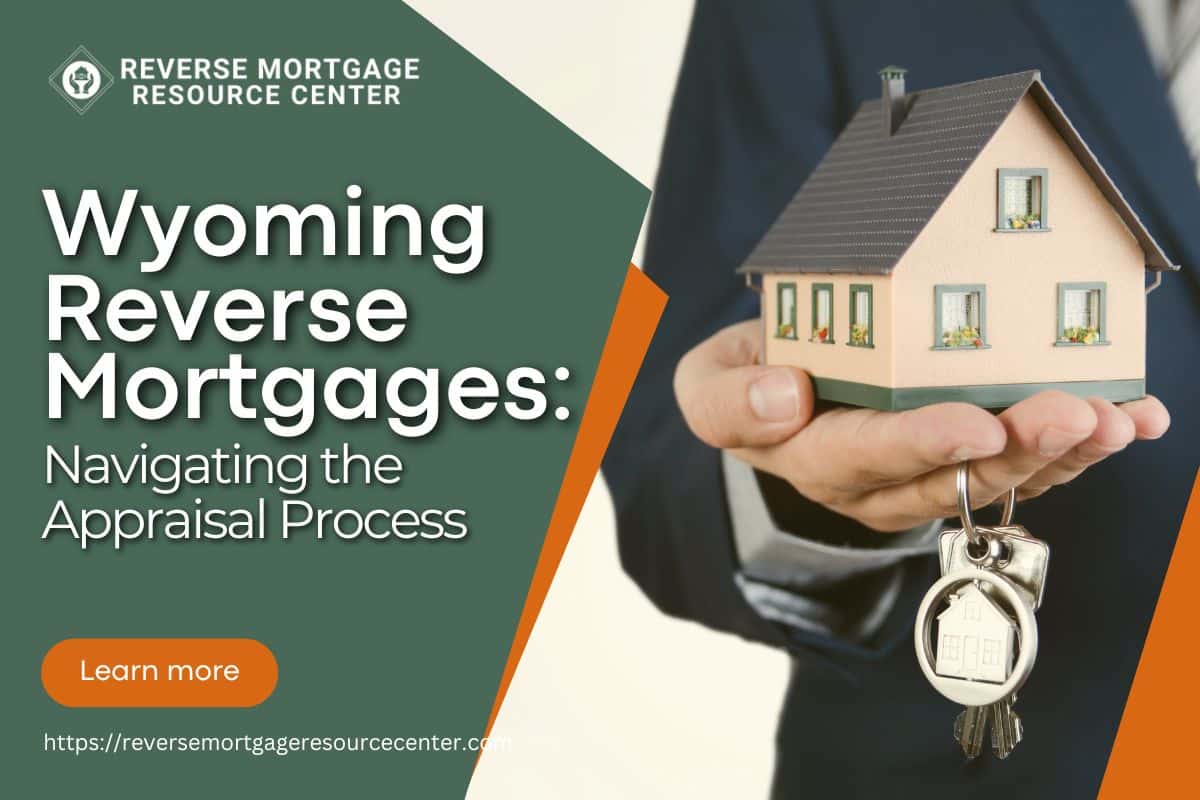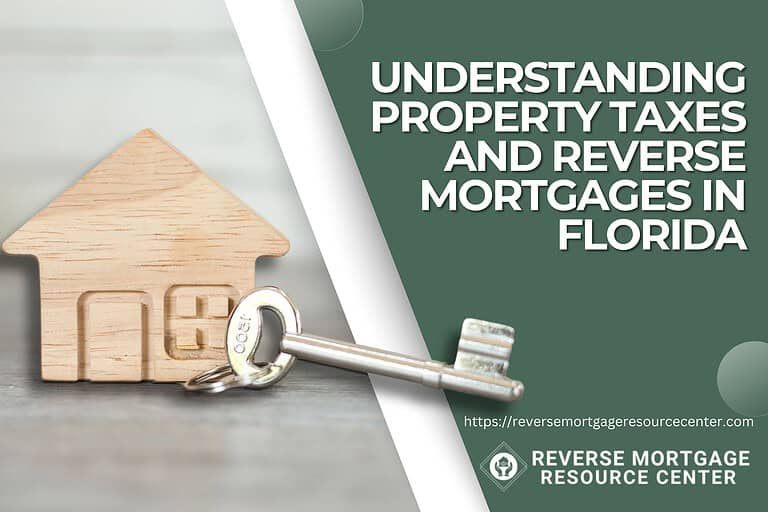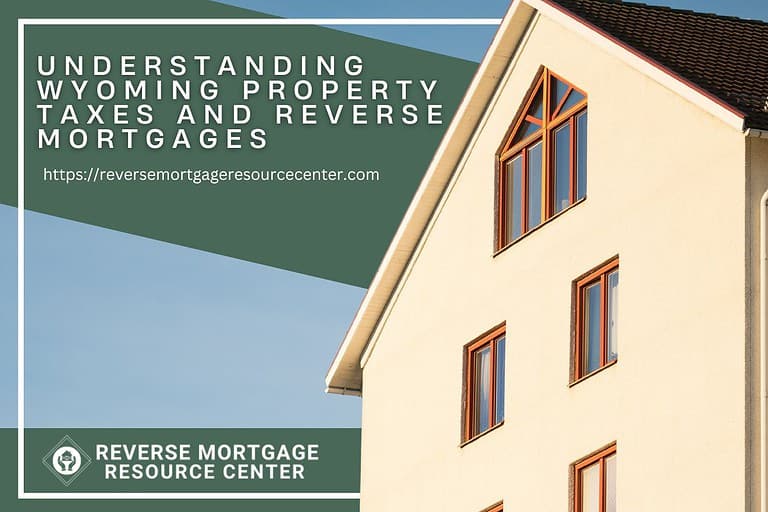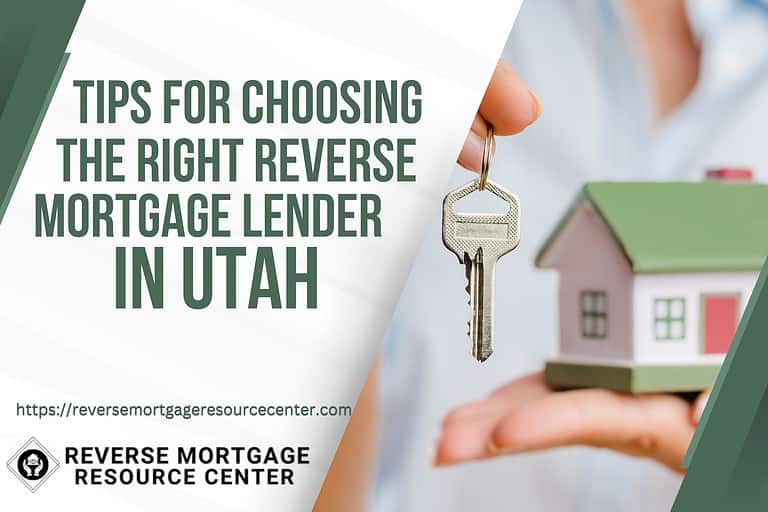Wyoming Reverse Mortgages: Navigating the Appraisal Process
As seniors begin their retirement journey, they frequently experience financial issues that make it challenging to maintain their chosen quality of life. The reverse mortgage is a financial option that has grown in favor among Wyoming retirees. Reverse mortgages are a novel way for seniors to access the value in their homes, giving much-needed financial respite. However, seniors must grasp the appraisal procedure before entering this financial arrangement. This detailed tutorial will look at Wyoming reverse mortgages and offer helpful tips for navigating the appraisal process.
Understanding Reverse Mortgages
Before we get into the specifics of the appraisal process, let’s first define reverse mortgages and how they work. A reverse mortgage is a financial instrument tailored to homeowners aged 62 and up. It enables homeowners to convert a portion of their home equity into cash without selling the property. Reverse mortgages, unlike standard mortgages, do not require monthly mortgage payments. The debt is due and payable when the homeowner sells the property, moves out, or passes away.
Reverse mortgages provide numerous important advantages to seniors:
Financial Flexibility: Reverse mortgage funds can supplement income, cover medical bills, pay off debts, or finance home improvements for seniors.
No Monthly Mortgage Payments: There are no monthly mortgage payments with a reverse mortgage, which reduces the financial stress on seniors living on a fixed income.
Stay in Your Home: Homeowners can stay if they meet certain standards, such as upkeep and payment of property taxes and insurance.
The Role of Home Appraisal in Reverse Mortgages
The appraisal of the home is a vital component of a reverse mortgage. In this sense, the appraisal fulfills several functions:
1. Determining Eligibility
Homeowners must meet specific qualifying criteria, including having enough equity in the home to qualify for a reverse mortgage. The appraisal assists in determining the current market value of the property, which is critical in determining eligibility.
2. Calculating Loan Amount
The amount of money a homeowner can borrow through a reverse mortgage is determined by various criteria, including the home’s appraised value. In general, the higher the appraised value, the more money the homeowner has at his or her disposal. Understanding the assessment process is, therefore, critical for optimizing the financial benefits of a reverse mortgage.
3. Safeguarding Lenders and Borrowers
Lenders use the appraisal to safeguard their interests. It ensures that the loan amount does not exceed the property’s worth, lowering the risk for all parties. Knowing that the reverse mortgage is a secure financial alternative gives borrowers peace of mind.
Choosing an Appraiser
Selecting a qualified and recognized appraiser when navigating the assessment procedure for a reverse mortgage in Wyoming is critical. Borrowers have the right to request a different appraiser if they have issues about objectivity or competency. Lenders normally give a list of approved appraisers, but borrowers have the right to request a different assessor if they have questions about objectivity or competence.
Here are some pointers for choosing an appraiser:
1. Check Credentials
Check to see if the appraiser is state-certified or licensed. The appraiser’s certification or license confirms that he or she has met particular education and experience requirements. Wyoming has its licensing standards for real estate appraisers, so make sure the appraiser follows state regulations.
2. Experience Matters
Look for an appraiser who has worked in your area’s real estate market. They should be aware of the distinctive features and trends of the Wyoming housing market. Because Wyoming’s real estate market varies greatly by region, having a local specialist can make a major difference in the accuracy of the appraisal.
3. Ask for References
Do not be afraid to get recommendations from prior clients of the appraiser. A respectable appraiser should be able to provide references attesting to their professionalism and accuracy. Speaking with previous clients might provide vital information about the appraiser’s track record.
The Appraisal Process
Now that you understand the importance of the appraisal in the reverse mortgage process, let’s look at the processes involved:
1. Initial Contact and Scheduling
After you’ve decided on an appraiser, the following step is to make contact. The appraiser will visit your home at a time that is convenient for you. You can share any specific issues or queries during this initial interaction. To guarantee a seamless procedure, it is critical to establish clear contact with the appraiser.
2. Property Inspection
The appraiser will come to your home and perform a thorough assessment. They will evaluate your property’s size, condition, features, and improvements, among other things. Before the evaluation, you must ensure that your home is in good repair and well-maintained. Consider making any necessary repairs or upgrades before the appraiser’s visit, as this can increase the appraised value of your home.
3. Market Analysis
Following the property inspection, the appraiser will analyze the local real estate market to establish current market conditions. To determine the property’s value, they will look at recent sales of similar homes in your neighborhood. This market analysis is an important phase in the evaluation process since it ensures the appraisal is based on current market trends.
4. Appraisal Report
The appraiser will produce a complete appraisal report once all of the essential information has been acquired. This report will include an assessment of your home’s current market value, which will be used to determine the terms of your reverse mortgage. It is critical to thoroughly check the appraisal report to ensure that it accurately reflects the condition and attributes of your home.
5. Review and Approval
The lender will review the appraisal report to ensure it meets their criteria and requirements. If the appraisal is accepted, the lender will finalize your reverse mortgage. Sometimes, the lender may ask the appraiser for more information or clarification.
Maximizing Your Appraisal Value
Seniors who want to maximize their home’s value may examine the following suggestions:
1. Home Maintenance
Investing in simple home maintenance and repairs can help increase the value of your property. Repair any structural flaws, replace outdated systems, and ensure your property is in the best shape possible. Regular maintenance increases the value of your home and shows your dedication to its upkeep.
2. Curb Appeal
First impressions are important. Maintain the landscape, paint the exterior if necessary, and keep the property tidy to increase your home’s curb appeal. A well-kept exterior can make a good impression on appraisers and possible buyers in the future.
3. Document Upgrades
Make sure you document any big modifications or renovations done to your home. To guarantee that upgrades are considered in the assessment value, provide the appraiser with a list of upgrades and associated costs. These recorded changes can substantially impact the appraised value of your house and perhaps enhance the money available to you through the reverse mortgage.
REVERSE MORTGAGE RESOURCE CENTER ~lIVE lIFE ON yOUR tERMS~
Our Lending Team has been serving our clients since 2004. We are passionate about serving our clients with integrity to help them achieve their financial goals.







